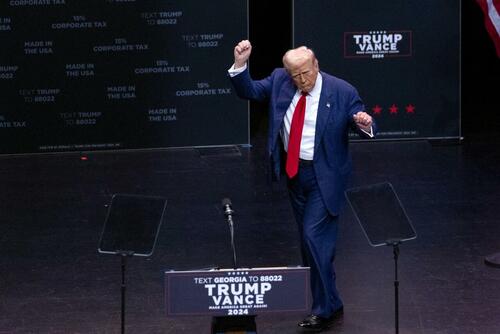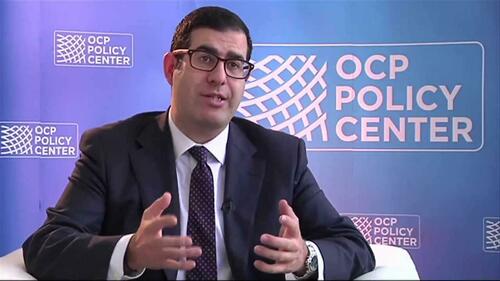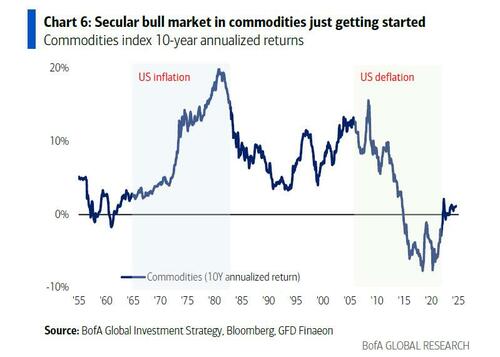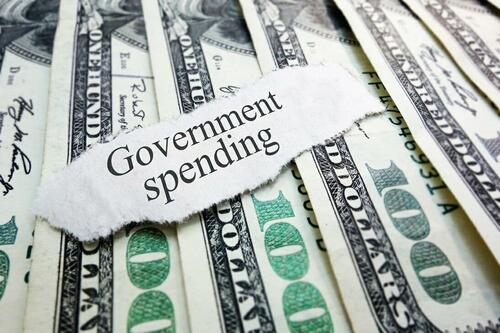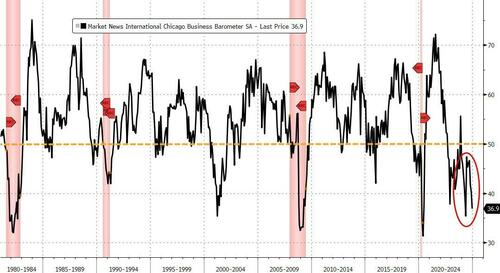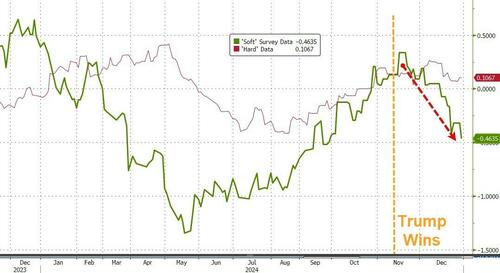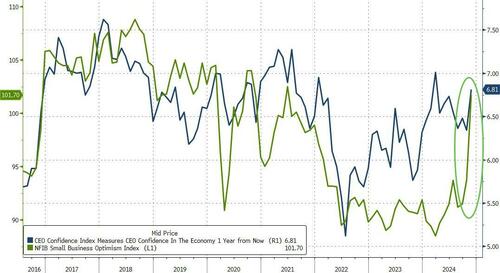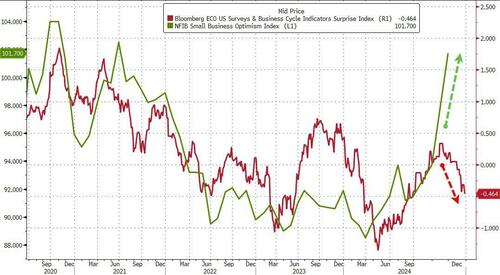No, The Truth Is Not Just Another Story
Authored by James Howard Kunstler,
“The Democrats are self-immolating on the altar of their own tenuous relationship with common decency.”
– Tom Luongo
It must be obvious that the incoming government under Mr. Trump has one primary duty overall: sorting out truth from lies so the nation can reestablish a baseline reality to function upon. America is so punch-drunk from official lying that many intelligent people who ought to know better now proclaim that reality is unknowable, which is just a surrender to nihilism — the rejection of moral principle, a belief that the human project is meaningless.
This awful condition has led to the point where you know for sure that “Joe Biden” cannot possibly discharge his duties as chief executive, and yet nobody cares enough to investigate who is running things behind the front he puts up. That would generally be the job of the news media, which is supposed to function as the public’s auditor. Now, of course, you are persuaded that this was never really their job, that it was a sham, but that is just another lie.
The news was not flawless, but neither was it presented as nothing more than opinion. The news existed to register what happened day-to-day. It was not so much concerned with why things happened, which was much more difficult to establish, and usually reserved for the pages labeled “opinion,” so that you knew it was somebody’s conjecture. I know this because I worked as a newspaper reporter in the 1970s. I actually found out what was going on about this-and-that, wrote it up, and saw it in print hours later. The facts.
Journalism had some simple rules for reporting the facts about anything — and it’s hilarious that anyone thought it required a graduate degree from some credentialing mill like the Columbia U. School of Journalism. The news was often meddled-with by interested parties, government and business, but they did not completely overwhelm the ant-like labors of x-thousands of reporters in the field, and the stream of fact they circulated.
Not all of it was subject to dispute, meddling, or opinion because it was self-evident: Joe Blow got shot. . . a helicopter crashed in Ohio. . . a volcano erupted in Peru. . . .
Only over time, the past thirty years especially, our government grew and grew and one of the things that grew out of it was the nefarious “blob” dedicated to protecting the self-enlarging perquisites and interests of that government. Blobs will absorb things they encounter, and in a predatory way, the US government blob absorbed the US news media. The blob transformed the news into an engine for suppressing the facts or spinning them narratively when they could not be suppressed, in order to maximize the advantage of the government and to protect the operations of the blob itself.
It is also a fact that this blob is aligned mostly with Democratic Party, because that party is most avid for the continuing growth of government, and its members overwhelmingly dominate in the officialdom that dwells inside the DC Beltway.
The numbers speak for themselves on the DC voter rolls.
So, a new government under Mr. Trump is feared cringingly by the news media.
For one thing, the incoming government has tasked itself with reducing government substantially, eliminating many of its perquisites, and surgically excising the nefarious blob that is draining the purpose, meaning, and vitality out of our national life. The news media is terrified of being found-out for having acted as the blob’s chamberlain. We may find out exactly how that worked — how, for example, professional liars such as Joy Reid and Rachel Maddow of MSNBC were paid. What accounted for the amazing coordination of talking-points from day-to-day across all networks and newspapers?
We are about to find out how a whole lot of mystifying things have happened in recent years.
- For instance, those fantastic vote switcheroos in “Joe Biden’s” favor that occurred visibly right on TV in the wee hours of November 4, 2020?
- How did William Barr conceal the existence of Hunter Biden’s laptop from Mr. Trump’s defense attorneys in the 2019 impeachment over a phone call to Ukraine?
- Who really has been making “presidential” decisions behind the false front of “Joe Biden?”
- Who in White House news reporters’ pool among the Cable News networks, The New York Times, and The Washington Post happened to know which officials were running the White House operation (did they not have sources)?
- How did the FBI engineer the Jan. 6, 2021, riot and with how many agents and operatives on-site?
- Who was in charge of the DNC pipe bomb caper?
- How has George and Alex Soros’s network of money-dispensing NGOs been allowed to buy law enforcement offices all over country?
- How did Merrick Garland’s errand boys get to New York Attorney General Letitia James and Fulton County DA Fani Willis?
- What has been done with the billions of dollars sent to Ukraine?
- Why is the CDC still advertising and promoting mRNA Covid vaccines that they must know have killed and disabled millions of people?
- Who thought it was a good idea to fill the ranks of the US military with transexuals?
- How did the order to throw the US-Mexican border wide open move through the chain-of-command, exactly?
Things like that.
It is going to be a great shock for many to hear the facts about these things and a lot more and to learn that we don’t just dwell in some matrix of tales told by idiots. The nihilism will eventually dissipate. Many enterprises in the news business won’t survive this, but human beings will insist on being informed, and the news business has been very busy rearranging itself. Even the body politic is capable of self-healing
Meanwhile, the “Joe Biden” Catering Company, Inc, has been busy preparing a whole lot of shit sandwiches to serve at the Trump inauguration, mostly in the form of financial chaos. The catering staff better be cognizant that their pranks will be found-out, too, along with all the other treasonous business of the wicked times we’ve lived through.
Tyler Durden
Mon, 12/30/2024 – 16:20
via ZeroHedge News https://ift.tt/9gTnJOx Tyler Durden

